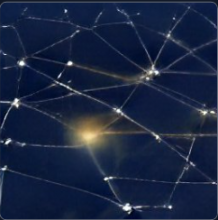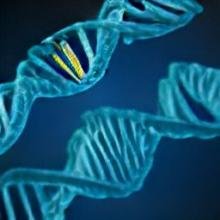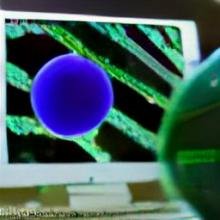Can machine learning algorithms be patented?
Yes, but not easily. In the United States, the patentability is determined by the U.S. Patent and Trademark Office (USPTO). To be patentable, an invention must be novel, non-obvious, and useful. In this case, novelty and non-obviousness can be difficult to demonstrate. This is because many machine learning algorithms are based on existing techniques and can be seen as an obvious extension of prior art.




